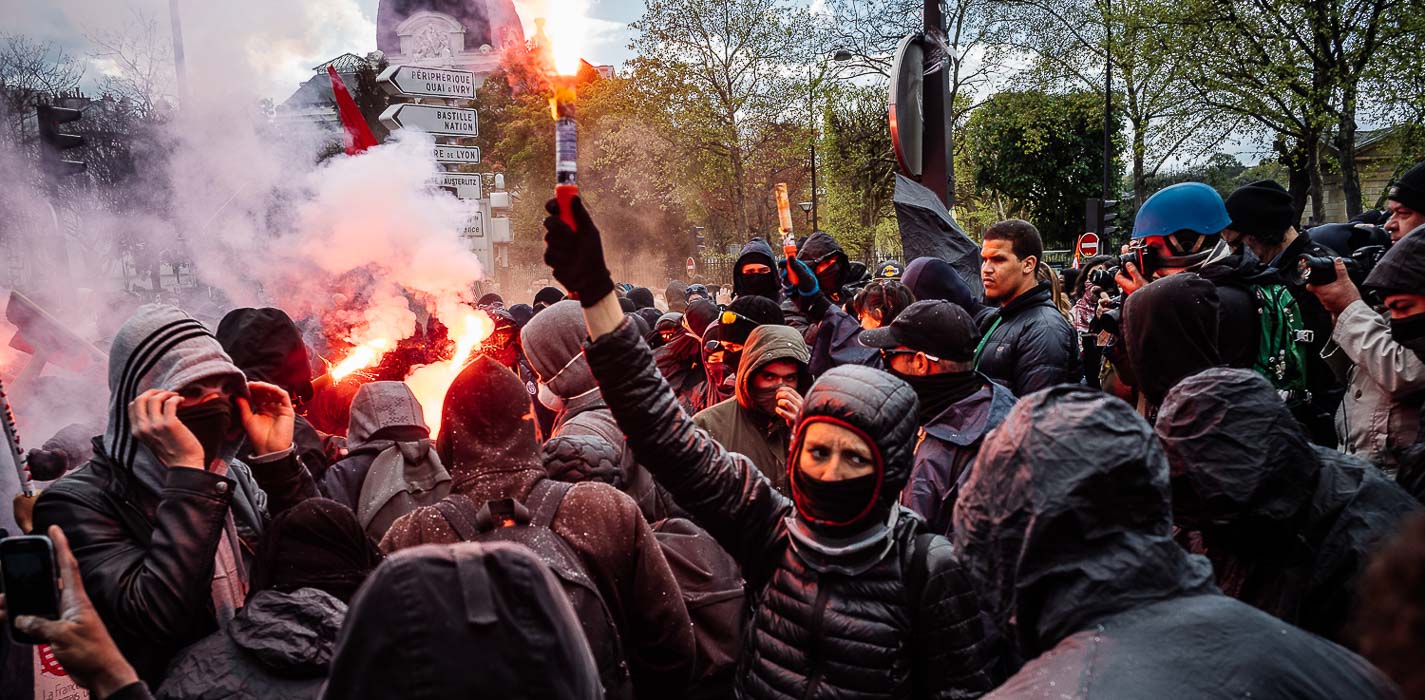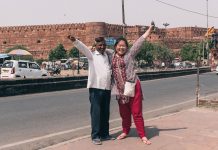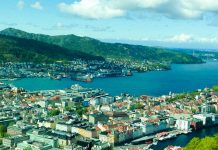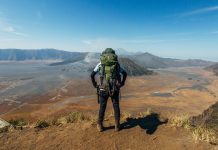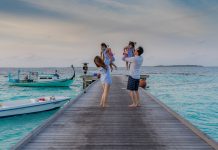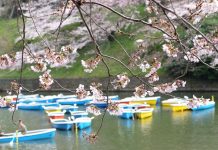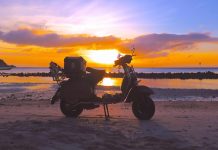It’s no surprise that Singaporeans love to travel. In fact, a study conducted last year showed that 95% of Singaporeans have travelled abroad in the last 2 years. 25 year old Arif Nurhakim’s (Hakim) love for travel is no different. However, his recent trips to Greece, Nepal, and Paris are quite different from what you might imagine them to be.
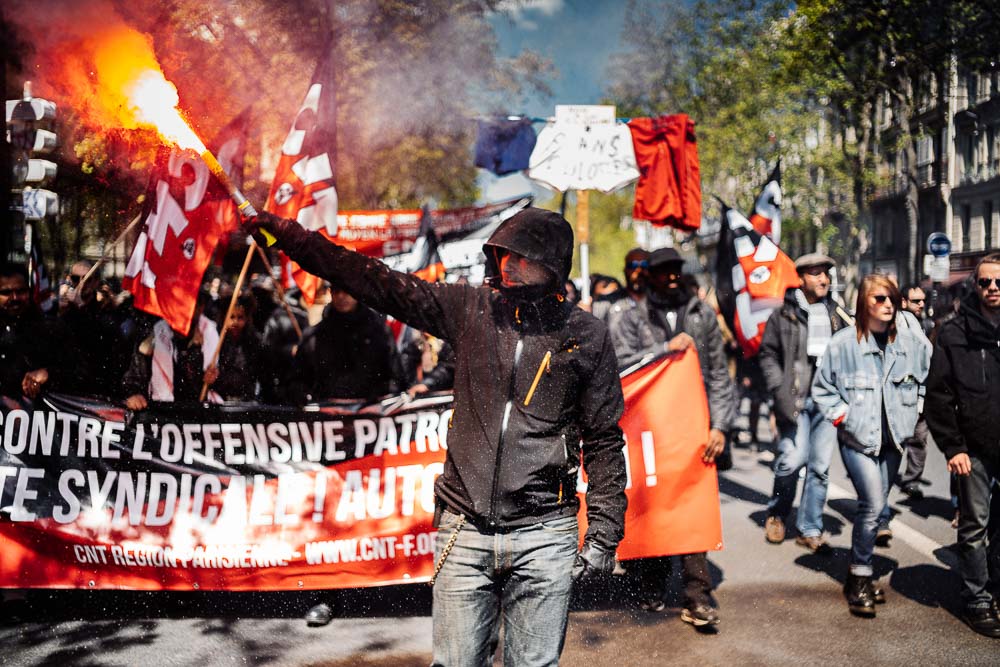
You see, he travels the world to capture stories of people through his photos.
I was intrigued (and a little amazed) that a fellow Singaporean had taken it upon himself to travel the world to see what most people try to avoid. So I had a chat with him to learn more about his reasons, his motivation and what it’s like being on the front lines.
Why visit these countries?
“I didn’t like how the media was just portraying these people as numbers and figures on a report.”
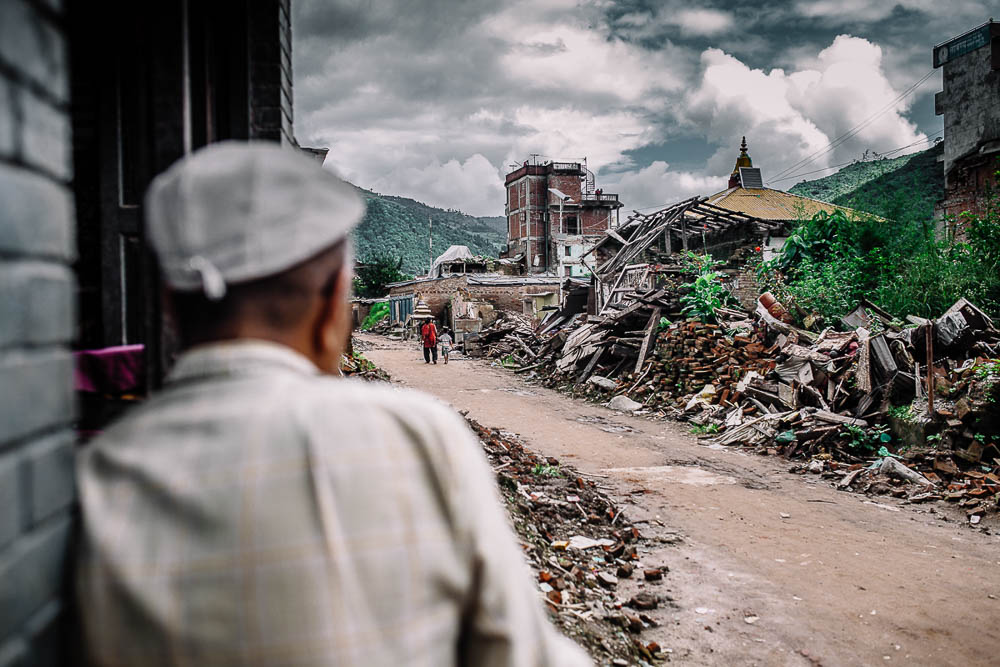
Unsatisfied with the media coverage during the 2015 Nepal earthquake 2015, Hakim knew he had to go to ground zero to cover what the media wasn’t. That was the first time he travelled overseas to cover stories on his own.
“Even during the Nepal earthquake, I noticed that there was a general lack of interest within our community.”
Unlike many, Hakim had always been interested in issues of migration, human trafficking, the refugee crisis, and so on.
By travelling to these countries and documenting crises through his pictures, he hopes to increase awareness among people, and raise funds for the needy.
Coping with safety
“In hindsight I should have been afraid, but you just have the adrenaline kicking in.”
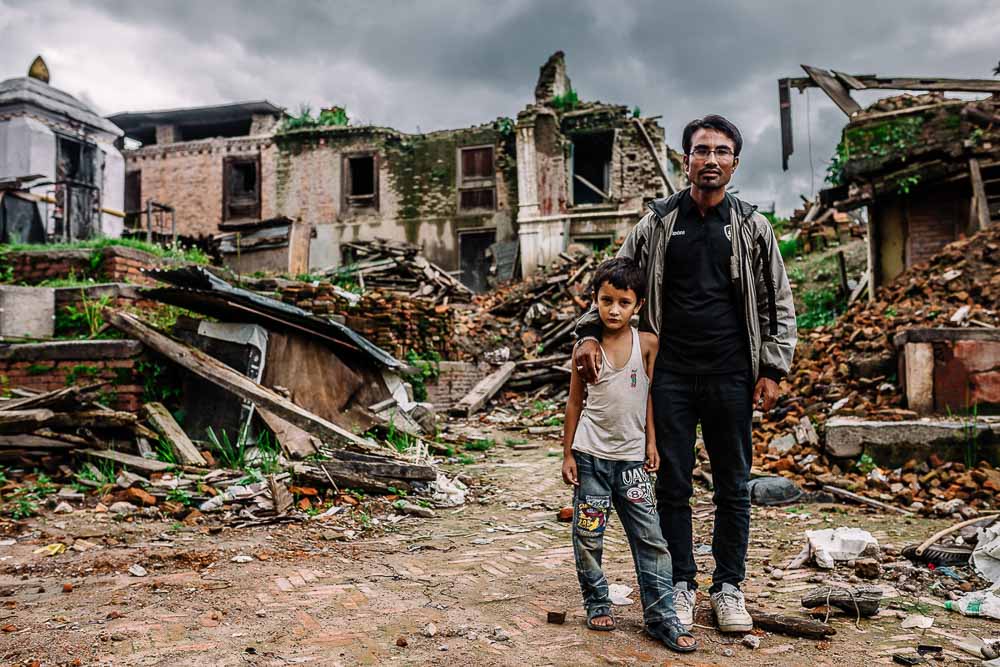
He faced a lot of resistance from his family and friends when he told them that he wanted to visit areas of crises.
Hakim admitted that the situation in Nepal was a little unpredictable as the buildings, roads, and power supplies were affected by the earthquake.
However, he was prepared for it as he had gotten a government official to help him during his trip.
The official helped him regarding matters of accommodation, transport, and provided him with all the information he needed before heading into Nepal.
The Parisian Protest in 2016
“It felt like a war zone, to be honest.”
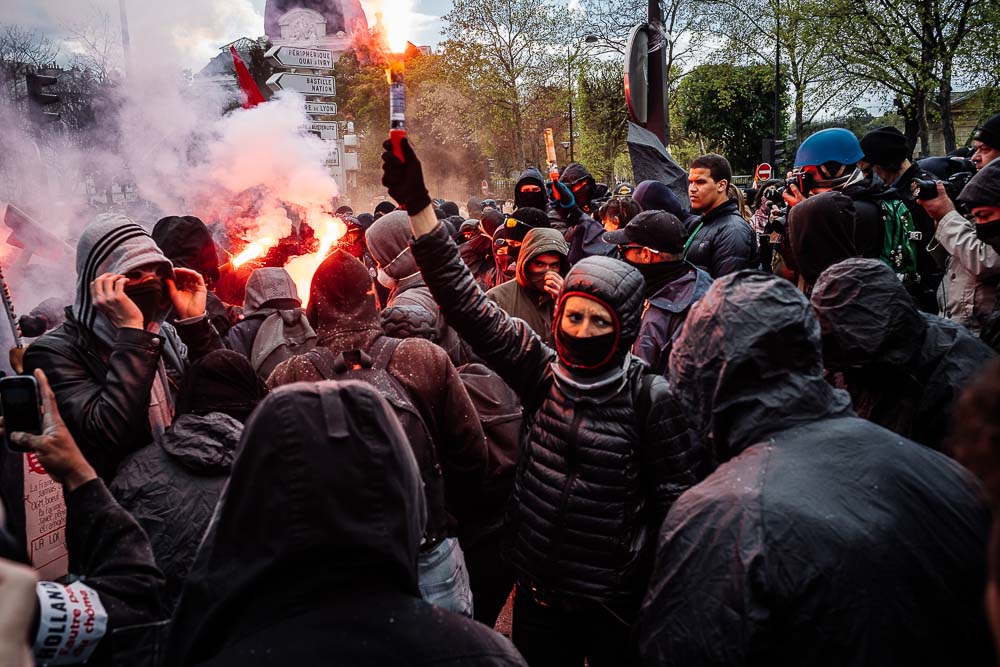
Hundreds of thousands of French people have been protesting against the newly proposed labour law reforms ever since March this year.
These reforms are said to help to bring the unemployment rates down and increase competitiveness, but the French citizenry felt otherwise. They saw it as a direct threat to their workers’ rights as the new laws makes it easy for them to be fired, work longer hours, and have a decreased pay.
Hakim was on exchange in France at that point of time, and instead of choosing to travel all over Europe for sight seeing, he decided to spend his time in midst of the action.
There are two sides to the clashes – the police and the protesters. Together, they form a large crowd of over a hundred thousand people.
The police made the atmosphere thick with tear gas, and threw flash-bangs which disoriented people as they exploded, releasing blasts of extremely bright light and sound.
The protesters contributed to the chaos too. They sang loud, sometimes vulgar, chants to demoralise the police, and hurtled glass bottles and huge rocks their way.
Hakim made it a point to stay at the sidelines so that he would not be caught in the crossfire. However, he did end up getting injured during one of protests.
It happened when he was focusing on taking pictures. His camera was pressed to his face, and before he knew it, he found himself standing next to the police.
“When you are standing at the police’s side, you will be the target as well.”
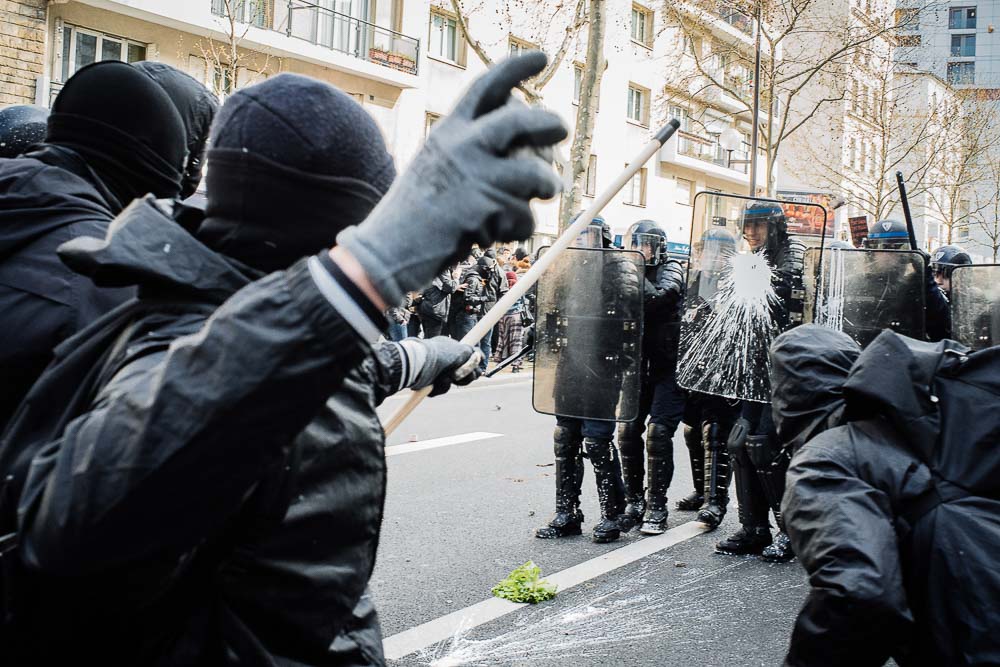
He wasn’t able to get to safety quick enough, and was struck on the head by a large rock. He fell onto the sidewalk and was disoriented for a long while. Eventually, someone grabbed him by the collar and pulled him out of the area.
That was when he realised he was bleeding. When he received help for it, he had to get a few stitches.
“I got injured badly. But I think every photojournalist will agree on this – There is no story that is worth your life.
“But anyone who goes down this line does so for a purpose that is bigger than themselves. You know that each day you spend working on these issues, you are doing something that matters to you truly.”
The most unforgettable moment
“It felt like she was holding on to her lifeline.”
One of the memories that Hakim would never forget is when he met a Nepalese girl in a refugee camp last year.
She was around nine years old, and was the only one who could speak English there. She took the initiative to help Hakim navigate around the refugee camp, and introduced him to the families in the camp.
She struck him as a very confident young woman, even though she was just an adolescent.
“It was something in the way that she carried herself, her confidence, her self-esteem that really shone through her words. She wasn’t just another person who could speak English. She was a very young confident woman.”
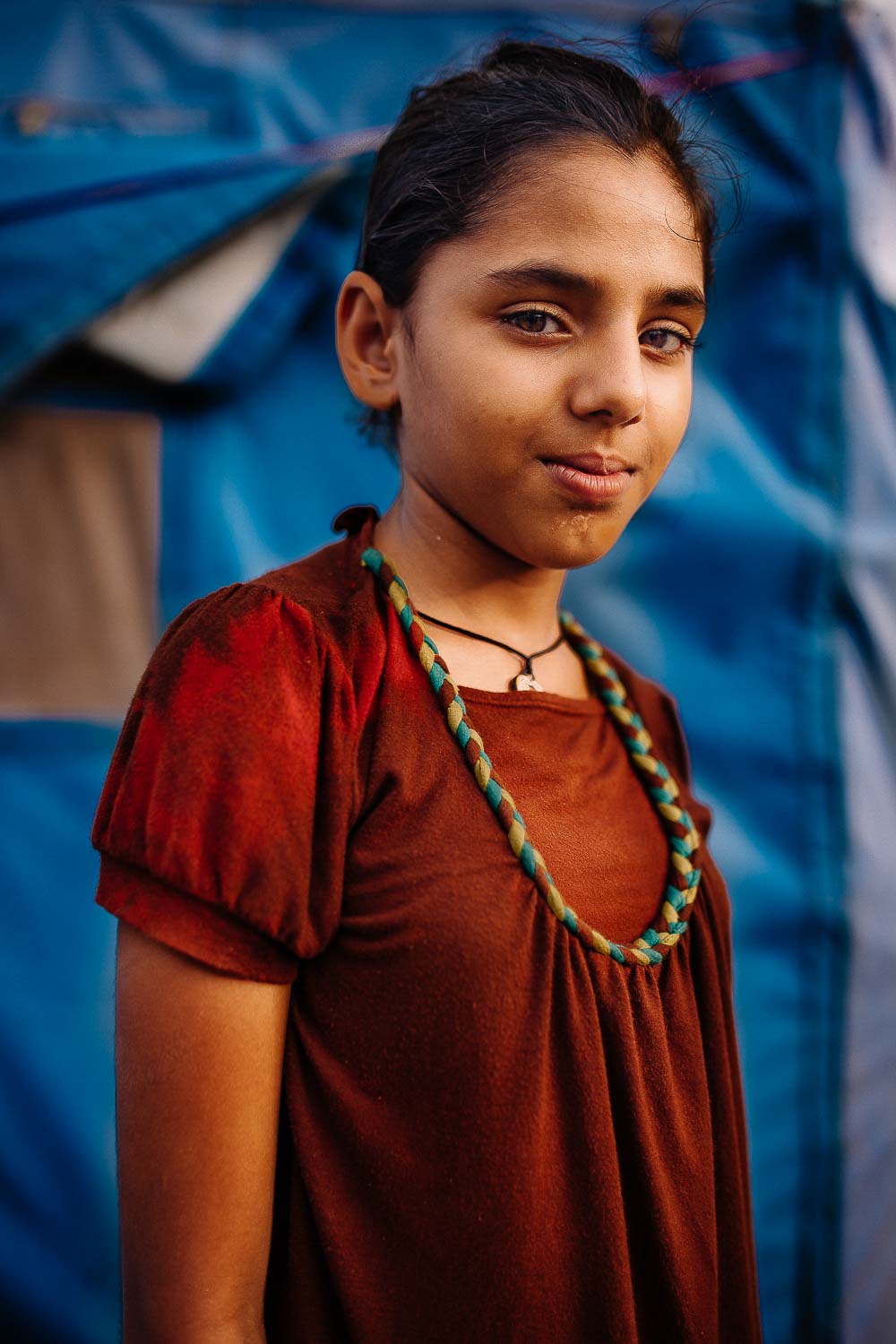
As Hakim talked to her, he found out that she learned English in school, but was no longer able to continue her education because of the earthquake. She told him that despite the food and aid provided from the NGOs, all she really wanted was to go back to school.
He decided to take a picture of her and write his contact at the back so that he could give her and other refugees some copies.
However, guards appeared and started seizing the photos from the villagers. They had managed to take the pictures away from everyone except for her. As they tried to retrieve it from her, she cried and tried to fight them off, hugging the picture tightly to her chest.
“In that moment we saw a young woman who had lost all her possessions, and the only thing she had in the world was that one picture. It felt like she was holding on to her lifeline.”
Due to threats of human trafficking at that time, Hakim suspects the guards were instructed to seize all items that weren’t provided by the NGOs.
“I won’t forget her name.”
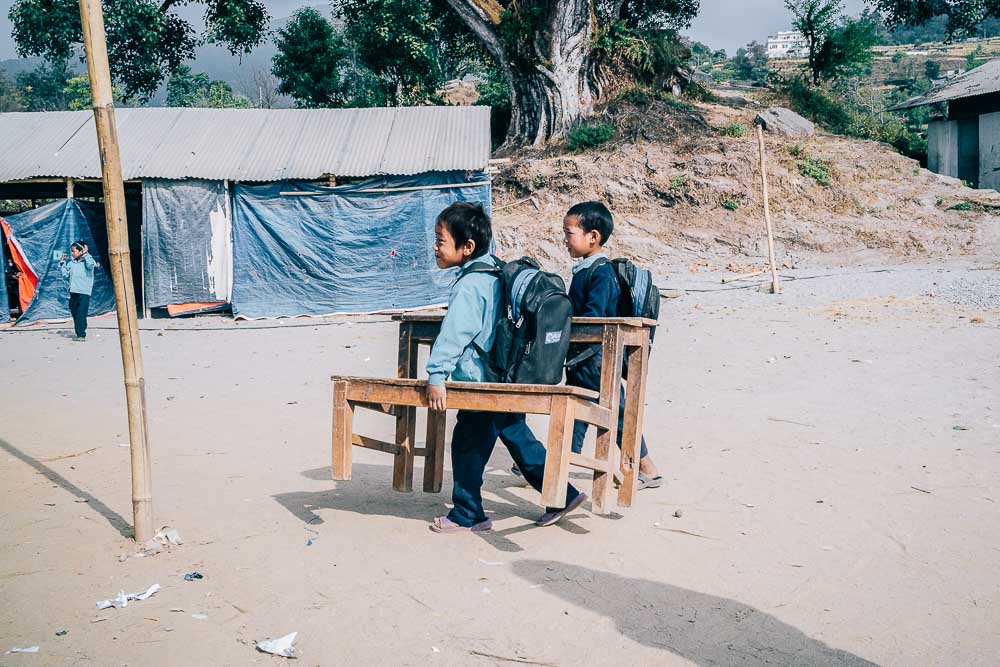
Her will and thirst for education, despite not having resources, touched Hakim very deeply.
“In Singapore, education holds a different meaning to the people of the same generation.”
This experience taught him to appreciate the simple things in life.
The Next Destination
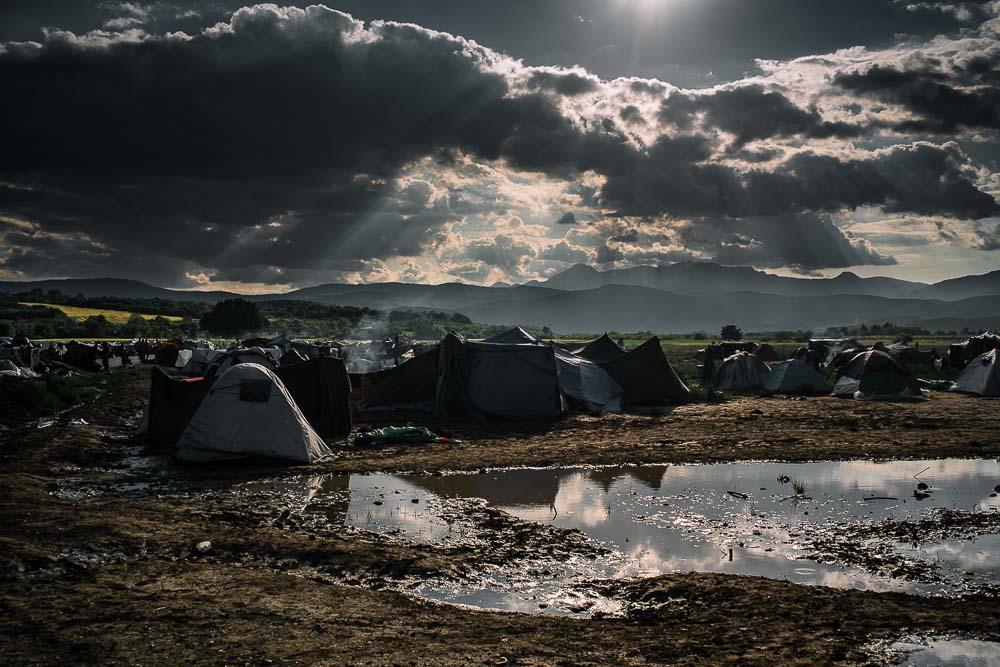
When asked about his near future plans, Hakim shared about plans to head back to Greece. “It changed me. It opened my eyes, and it’s exposed to me to the suffering and plight of other people.”
Hakim first went to Greece early this year as he wanted to document the situation of the refugee crisis. After spending weeks with the refugees and learning of their stories, he feels compelled to help them.
“I believe that it’s not possible for anyone to go there and come back, and then lead a normal life again.”
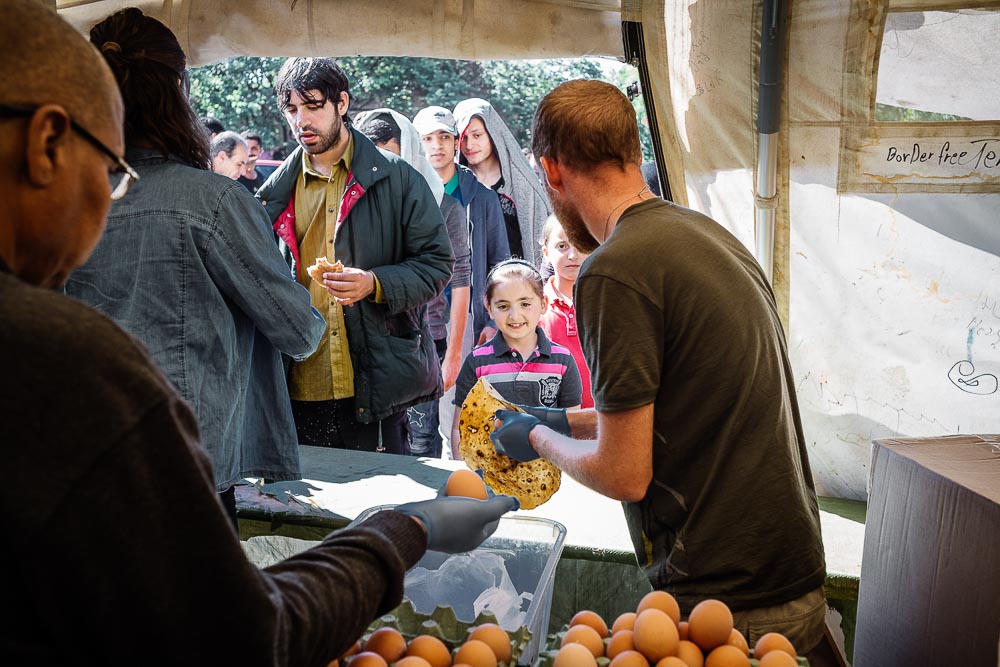
Helping Refugees
Hakim’s work has helped spark conversations about the refugee crisis among his social circle. He’s glad more people are aware about the crisis, but hopes to help the refugees in a more tangible way.
“The severely hit people are the young families with kids.”
There have been many urgent calls made by NGOs for baby milk ready-feed formula to be delivered to the thousands of refugee children.
Inspired to help the children, Hakim called for donations and had a successful first drive in which he raised nearly $3000.
However, as it costs US$20 just to feed one baby for a day with ready feed formula (taking into account transportation costs), more donations would be very helpful to the refugee children.
Do you want to help the children who need baby milk supplies? Hakim has launched a second drive in which you can donate money to the refugees of Greece.
All proceeds will go to Nurture Project International, and distribution of resources will be personally overseen by Hakim himself.
Arif Nurhakim
Hakim is a freelance photojournalist and a political science student. He has recently returned to Greece, and is currently working in the communications team of a volunteer organisation there (Lighthouse Relief) to help the refugees.
Follow him @arif__nurhakim on Instagram to see more of his photos and stories as he travels the world and documents crises.


